Hi everyone,
I've just started loving succulents and wanted your insight on what would be the best for a new lover (me!...lol).
I have to say the Crassula variety just caught my attention! I like the following Crassulas:
1. Crassula perforata variegata
2. Crassula alpestris
3. Crassula 'Buddha's Temple'
4. Crassula carallina
5. Crassula commutata
6. Crassula 'Green Pagoda'
7. Crassula 'Ivory Pagoda'
8. Crassula 'Moonglow'
9. Crassula perforata
10. Crassula 'Tom Thumb'
I saw them on this website: http://www.thesucculentgarden.com.au/crass.html
Would those (Crassulas), especially the 10 mentioned above, be a good option for me? What are good light, water, care, etc. tips?
What other succulents do you recommend for a newbie?
Also, do succulents go dormant? And if so do they loose all the foliage during the period of dormancy or do they just stop growing but the foliage will stay the same?
FYI: I live in NYC and the plant would be in a bright window.
Thanks!
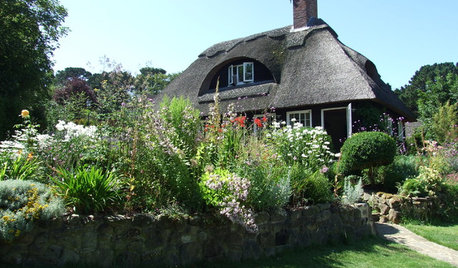
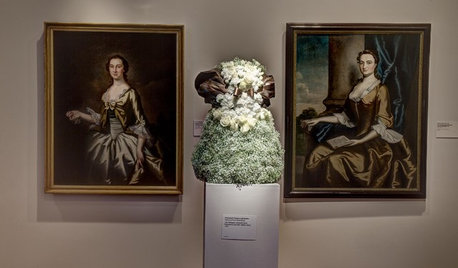






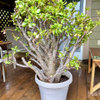
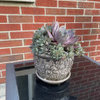
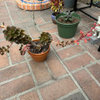
kaktuskris
rosemariero6
Related Professionals
Fort Lee Landscape Architects & Landscape Designers · Goodlettsville Landscape Contractors · Hurricane Landscape Contractors · Cibolo General Contractors · Country Club Hills General Contractors · Florida City General Contractors · Merrimack General Contractors · Post Falls General Contractors · Rolling Hills Estates General Contractors · South Miami Carpenters · Crystal Lake Decks, Patios & Outdoor Enclosures · Glasgow Decks, Patios & Outdoor Enclosures · Harrisburg Decks, Patios & Outdoor Enclosures · Owings Mills Decks, Patios & Outdoor Enclosures · Redmond Decks, Patios & Outdoor Enclosurespirate_girl
hanzrobo
cactusmcharris, interior BC Z4/5
Microthrix
pirate_girl
Microthrix
stonesriver
teengardener1888
cactusmcharris, interior BC Z4/5
pirate_girl
stonesriver